
Mastering PowerShell Scripting. Automate and manage your environment using PowerShell 7.1 - Fourth Edition Chris Dent
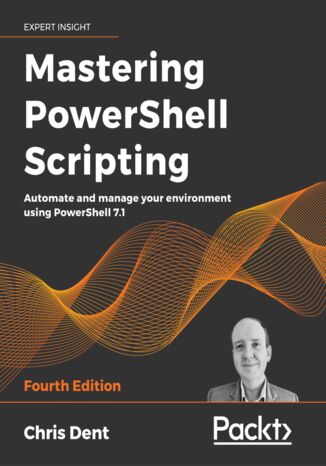



- Autor:
- Chris Dent
- Serie wydawnicze:
- Mastering
- Wydawnictwo:
- Packt Publishing
- Ocena:
- Stron:
- 788
- Dostępne formaty:
-
PDFePubMobi
Opis
książki
:
Mastering PowerShell Scripting. Automate and manage your environment using PowerShell 7.1 - Fourth Edition
This comprehensive guide starts with the basics before moving on to advanced topics, including asynchronous processing, desired state configuration, using more complex scripts and filters, debugging issues, and error-handling techniques. Explore how to efficiently manage substantial amounts of data and interact with other services using PowerShell 7.1. This book will help you to make the most of PowerShell's automation features, using different methods to parse data, manipulate regular expressions, and work with Windows Management Instrumentation (WMI).
Wybrane bestsellery
Zobacz pozostałe książki z serii Mastering
Packt Publishing - inne książki
Dzięki opcji "Druk na żądanie" do sprzedaży wracają tytuły Grupy Helion, które cieszyły sie dużym zainteresowaniem, a których nakład został wyprzedany.
Dla naszych Czytelników wydrukowaliśmy dodatkową pulę egzemplarzy w technice druku cyfrowego.
Co powinieneś wiedzieć o usłudze "Druk na żądanie":
- usługa obejmuje tylko widoczną poniżej listę tytułów, którą na bieżąco aktualizujemy;
- cena książki może być wyższa od początkowej ceny detalicznej, co jest spowodowane kosztami druku cyfrowego (wyższymi niż koszty tradycyjnego druku offsetowego). Obowiązująca cena jest zawsze podawana na stronie WWW książki;
- zawartość książki wraz z dodatkami (płyta CD, DVD) odpowiada jej pierwotnemu wydaniu i jest w pełni komplementarna;
- usługa nie obejmuje książek w kolorze.
Masz pytanie o konkretny tytuł? Napisz do nas: sklep@helion.pl
Książka drukowana


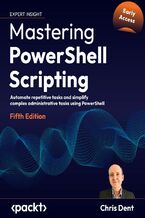

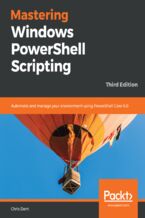
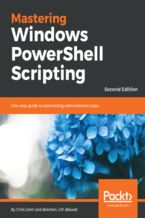

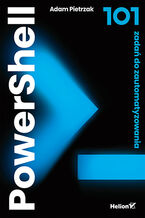
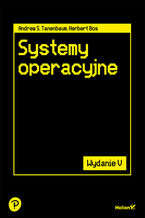
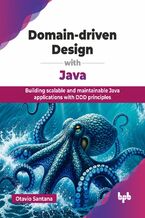
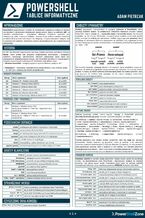
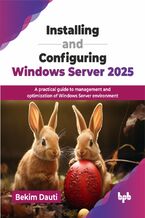
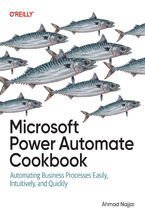
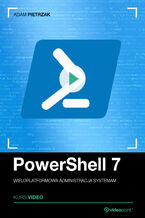
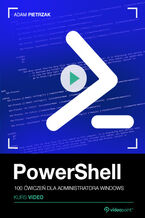
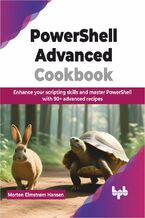


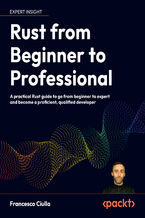


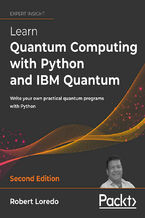

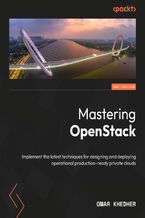

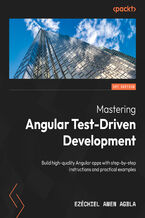
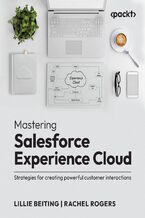






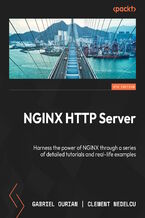
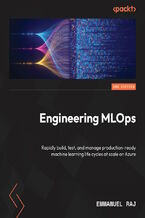

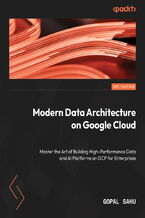

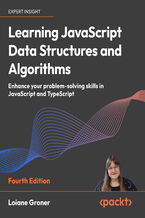
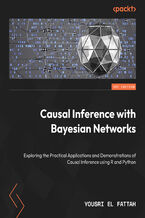
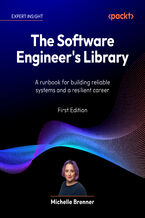




Oceny i opinie klientów: Mastering PowerShell Scripting. Automate and manage your environment using PowerShell 7.1 - Fourth Edition Chris Dent
(0)